September/October 2024 newsletter
Keeping children safe, healthy and well.
Early childhood educators ensure that all children can learn and grow in healthy and safe settings. We help set the foundation for health and wellness that lasts for a lifetime!
Children learn and grow best in environments that support their wellbeing. A child’s health includes physical, mental, social and emotional wellbeing. Thinking of health and wellness in this holistic way ensures that we create environments that nurture the whole child.
Physically healthy environments create space and time for active play, they provide access to nutritious food and clean water and are safe spaces where children can explore and be creative.
Mentally healthy environments have educators who provide nurturing and responsive care and ensure that children feel heard and seen. As Dr. Dan Siegel reminds us, “The relationship you have with a child shapes the structure and function of their brain.”
True health and wellbeing can only occur when we create socially and emotionally safe environments where children feel connection and attachment to others and the world around them. As developmental psychologist Gordon Neufeld says, “You cannot teach the mind until you have the heart. Connect before you direct.”
As educators, we have the privilege and responsibility of holding a child’s health and wellness in our care. It is an important role, and an opportunity to contribute to the health and wellbeing of our community and our world.
Children need to trust and depend upon those who are responsible for them.
Gordon Neufeld, developmental psychologist
An upstream view
Social Determinants of Health (SDH)
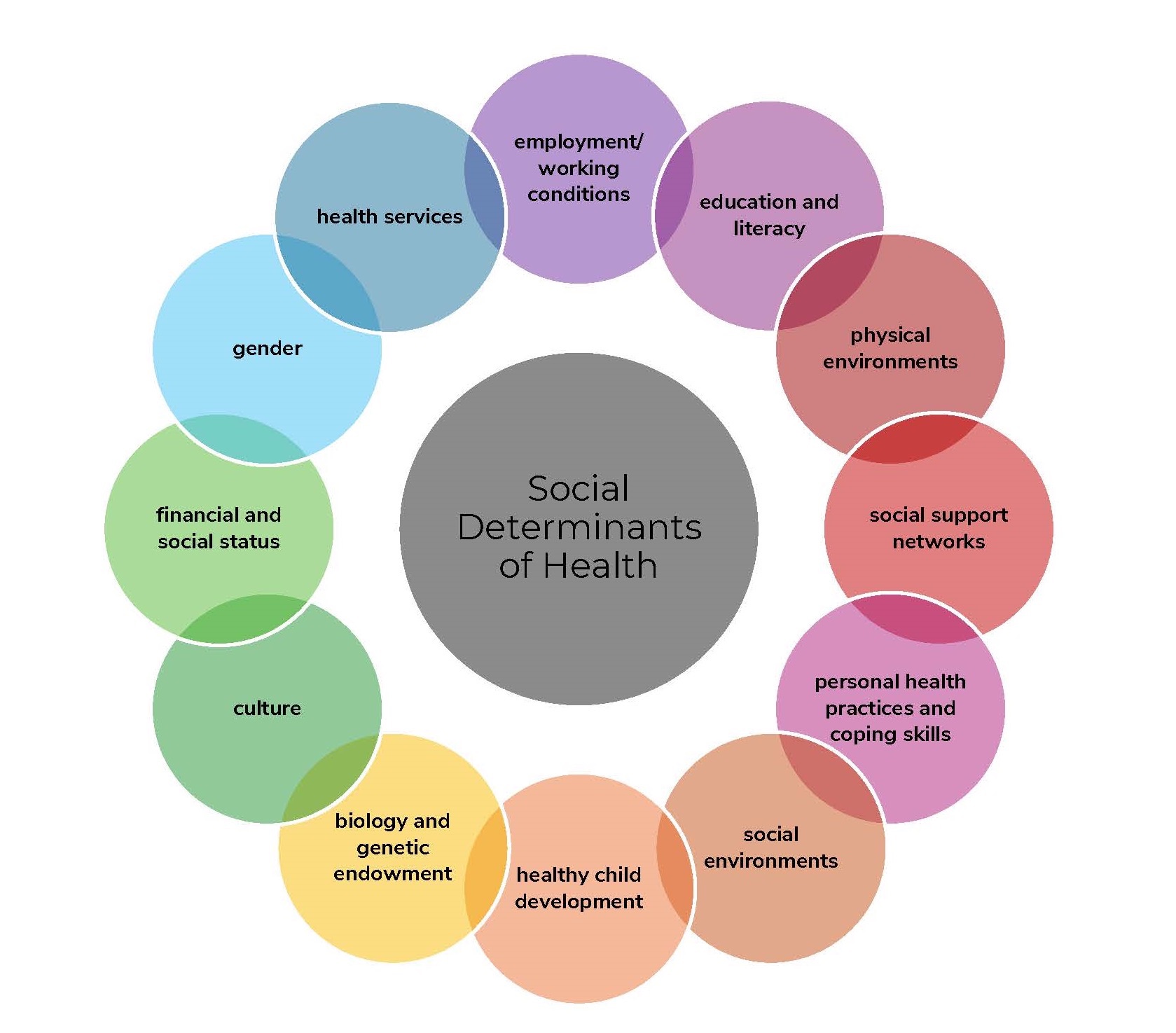
Many environmental and social factors influence children's and families’ health. Educators must understand how the social determinants of health (SDH) affect the overall health and wellbeing of each child.
When we think of health and wellness holistically, we can support children and their families and improve health outcomes through prevention, early intervention and support.
When families and early learning programs work together to support children’s wellness, we can prevent many health issues from arising in the future.
“Wellness describes the entirety of one’s physical, emotional, and social health; this includes all aspects of functioning in the world (physiological, intellectual, social, and spiritual), as well as subjective feelings of wellbeing. A child who is doing well frequently experiences joy, delight, and wonder, is secure and safe in his/her family and community and is continually expanding and deepening his/her engagement with the world around him/her.” (Murphey, D., et al.)
A culture of wellness exists when staff and child health and safety are valued, supported, and promoted through health and wellness programs, policies, and environment.
Office of Head Start
Resources to explore
Do you know?
Yukon government supports families with children’s health and development
Family Resource Unit
The Family Resource Unit provides supports for all Yukon families and caregivers with children ages 19 and under.
Family resource workers will help families support their child's healthy growth and development. They can also help build on strengths and face the challenges that come with being a caregiver.
Health Promotion Unit
The Health Promotion Unit provides or supports evidence-based, targeted health promotion and illness prevention programs and activities, to increase public awareness, support healthier decision-making and lifestyles, support professional development and collaboration, and create and promote supportive environments.
The Health Promotion Unit also provides resources to help families make informed food choices.
Book Nook
There is no shortage of wonderful books to help children learn about health, nutrition and safety. Here are a few to explore:
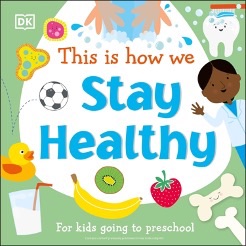
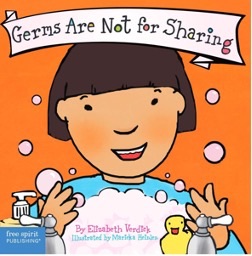
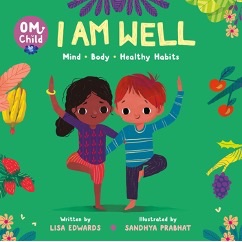
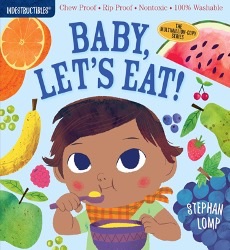
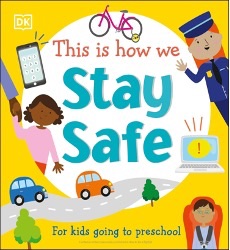
Physical activity helps children: develop cardiovascular fitness, strength, flexibility, and bone density; reduce the risk of chronic disease and health problems; and feel better every day, through improved mental health and wellbeing.
https://www.canada.ca/en/public-health/services/being-active/children-physical-activity.html
Explore
Physical literacy is a key part of a child’s healthy growth and development. It means that children develop the skills, confidence and love of movement to be physically active for life. Children develop physical literacy through a variety of activities that change as they grow and develop.
Activity idea: Physical activities for babies and toddlers
It is important that babies and toddlers start early to develop motor skills and physical literacy. Here are some ideas from Active for Life:
Newborns to 1-year-olds
- Tummy time – develop basic upper and lower body movements
- Playtime – have babies on a blanket with a variety of safe toys within reaching or kicking distance
- Sit up and look – have baby on your lap facing outward, and talk to baby about what you’re seeing
Toddlers 1-3 years old
- Bubble catch – blow bubbles and encourage toddlers to try and catch them.
- Seated ball play – roll a ball back and forth on the floor together.
- Bunny hop – play “follow the leader” while hopping and jumping.
Read more about the importance of healthy active play in the early years.
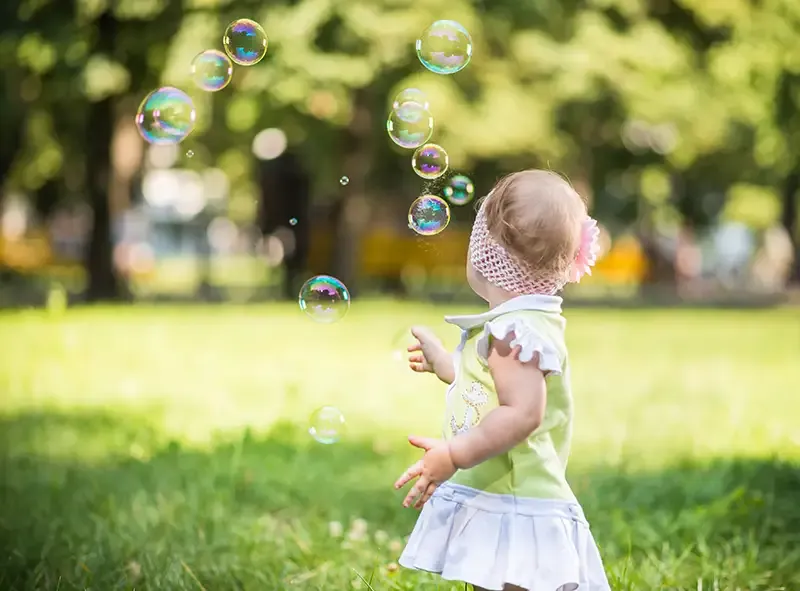
Grow
The role of the educator has shifted away from being a transmitter of knowledge toward being a collaborator who creates conditions so that children can invent, investigate, build theories, and learn. Educators work in relationship with children, and strive to ensure children feel safe, confident, motivated, and listened to.
(British Columbia Early Learning Framework, 2019, p.18)
Consider these reflective questions as they relate to children’s physical wellbeing (p.72):
- In what ways are infants involved in their routines, such as diapering, feeding, and sleeping?
- Are each child’s preferences for sleep and food recognized and responded to? Could more be done?
- Do children have choices about when they can be physically active? About how they can be active?